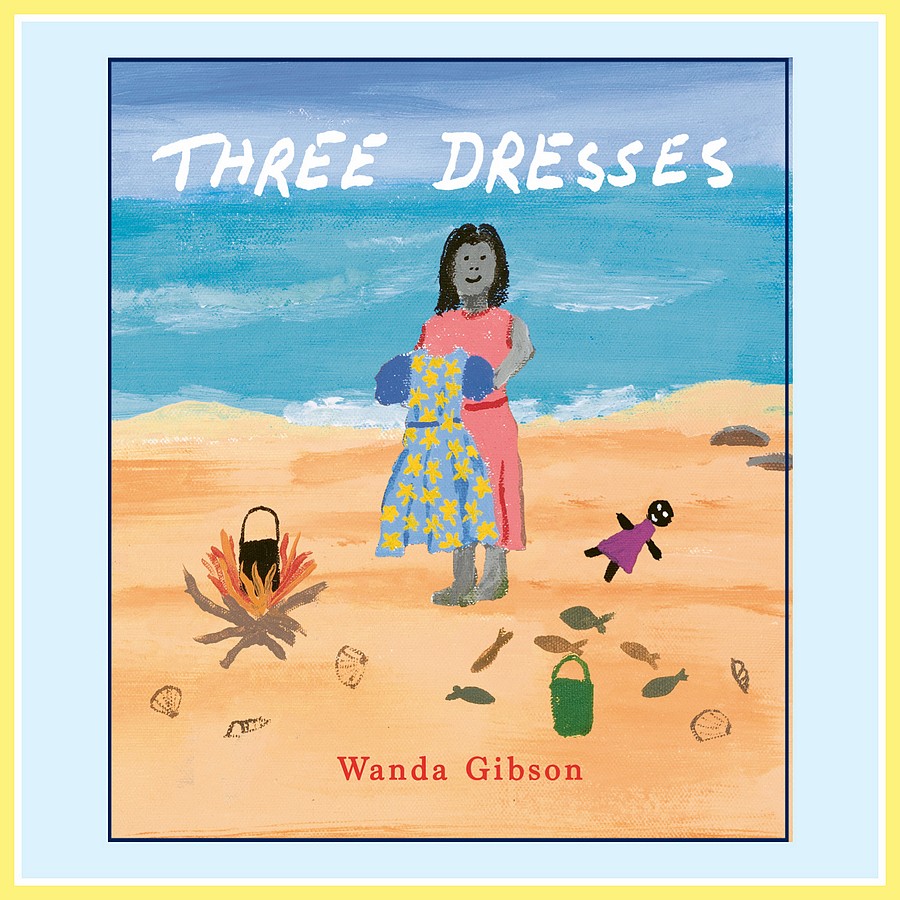
Title: Three Dresses
Author and illustrator: Wanda Gibson
Publisher: University of Queensland Press (UQP)
Publication date: April 2024
Themes: Aboriginal and Torres Strait Islander customs and beliefs, impacts of colonisation on Aboriginal and Torres Strait Islanders, surviving colonisation and Protection Acts, life on Aboriginal missions, identity and belonging, connection to Country
Comprehensive teachers’ notes which include numerous links to sites such as the National Library of Australia digital classroom and other websites are available on the UQP website here
Wanda Gibson grew up on Hope Vale Mission and Three Dresses, published by University of Queensland Press, is her story about connection to Country and her family on the only two weeks she was allowed to take off Mission life each year. In this true story, Wanda Gibson touches on what life was like on the mission and the working conditions as she describes the tedious and monotonous work she had to do for no pay. This book mainly focuses on one of Wanda’s cherished childhood memories, a highly anticipated opportunity to visit the beach for a holiday with her family and find joy in the simple things. This story highlights First Nations peoples connection to Country and how it is a teacher (of culture, traditions and history) and exploring Country with family is an opportunity to pass on knowledge and lessons that are tens of thousands of years old.
Three Dresses begins on Christmas morning at the mission where the girls receive three dresses and three undies. Wanda cherishes her precious second-hand dresses that brought her joy and ensured she took great care of them. When it was time to leave the mission for two weeks away with her family, her Mum would say, “Take three dresses … one to wash, one to wear and one spare”.
Wanda describes the long, exhausting two-day walk, carrying her swag on her bag (made up of her dresses) to reach the beach destination. She talks of camping overnight, leg cramps and how tiring it was walking for so long as a young child. However, once she saw the ocean, she was energised and ran straight in.
On arrival the children would set up a “gunyah” (tent-like structure made of leaves or wood) to sleep in. Wanda’s Dad displays innovation, resourcefulness and creative problem-solving skills to create light for the gunyah.
The family work together to sustainably source food and Wanda talks about the fishing practices used and the fish caught. She discusses collecting hen eggs and berries too. Night times are spent around the fire, telling stories and her parents share what life was like for them growing up on the mission. They are survivors of the Stolen Generations.
Every experience on Country is an opportunity to learn. Wanda shares her family’s remedy for blue bottle stings that makes the pain subside after she suffered one.
The evocative illustrations deftly capture the joy and connection Wanda felt on Country and to her family. Colour is used in the illustrations to contrast the different moods that Wanda felt at the beach compared to the mission.
Wanda Gibson is a Nukgal Wurra woman of the Guugu Yimithirr people (on her mum’s side). Her dad is a Yuuethawarra man and his country is around Cape Melville.
This is a vitally important story that makes learning about the history and culture of Aboriginal peoples not only highly engaging, but also accessible for younger readers (and adults too). It is a story that invites readers to listen to the knowledge, stories and truth telling about Australia’s history from the oldest living culture in the world.
